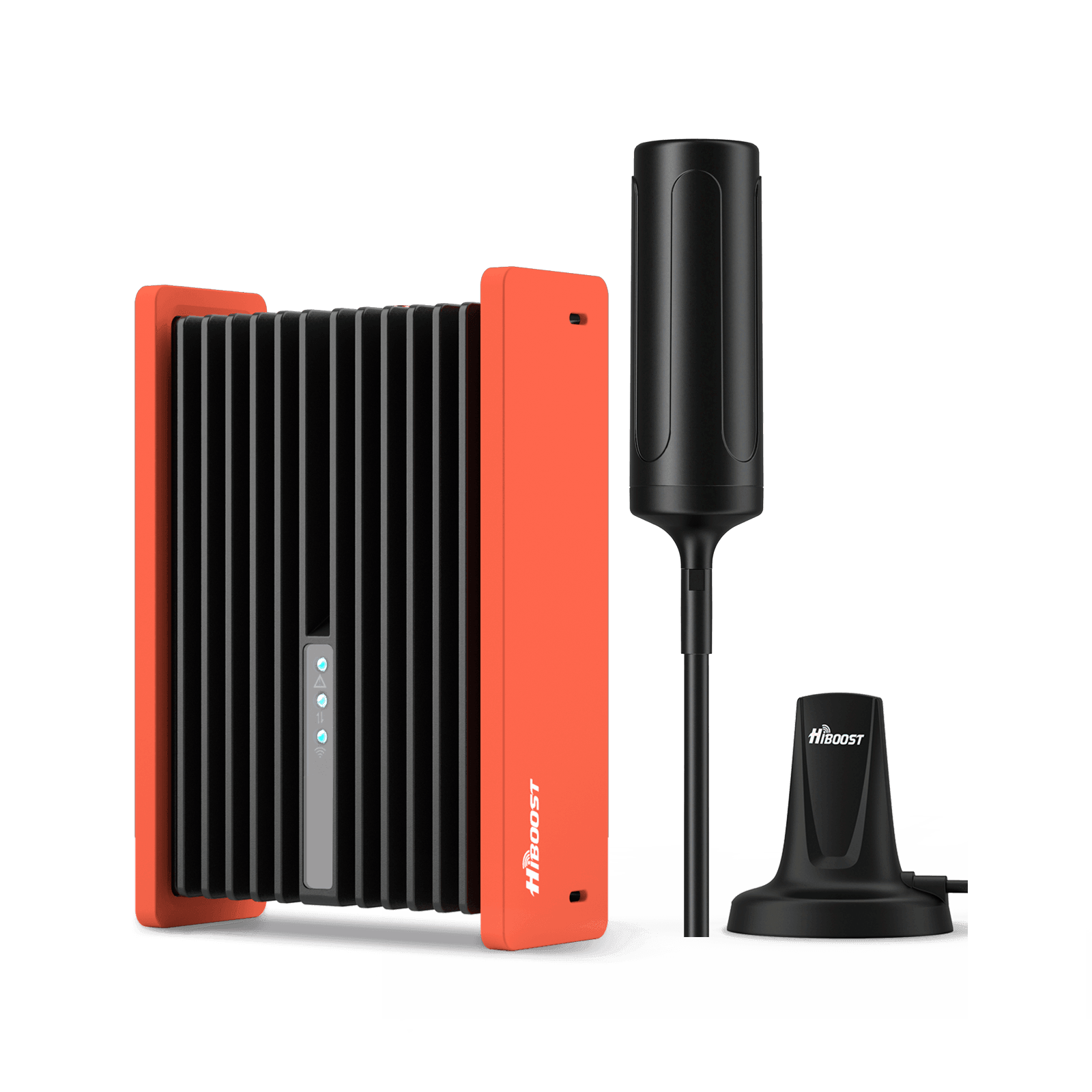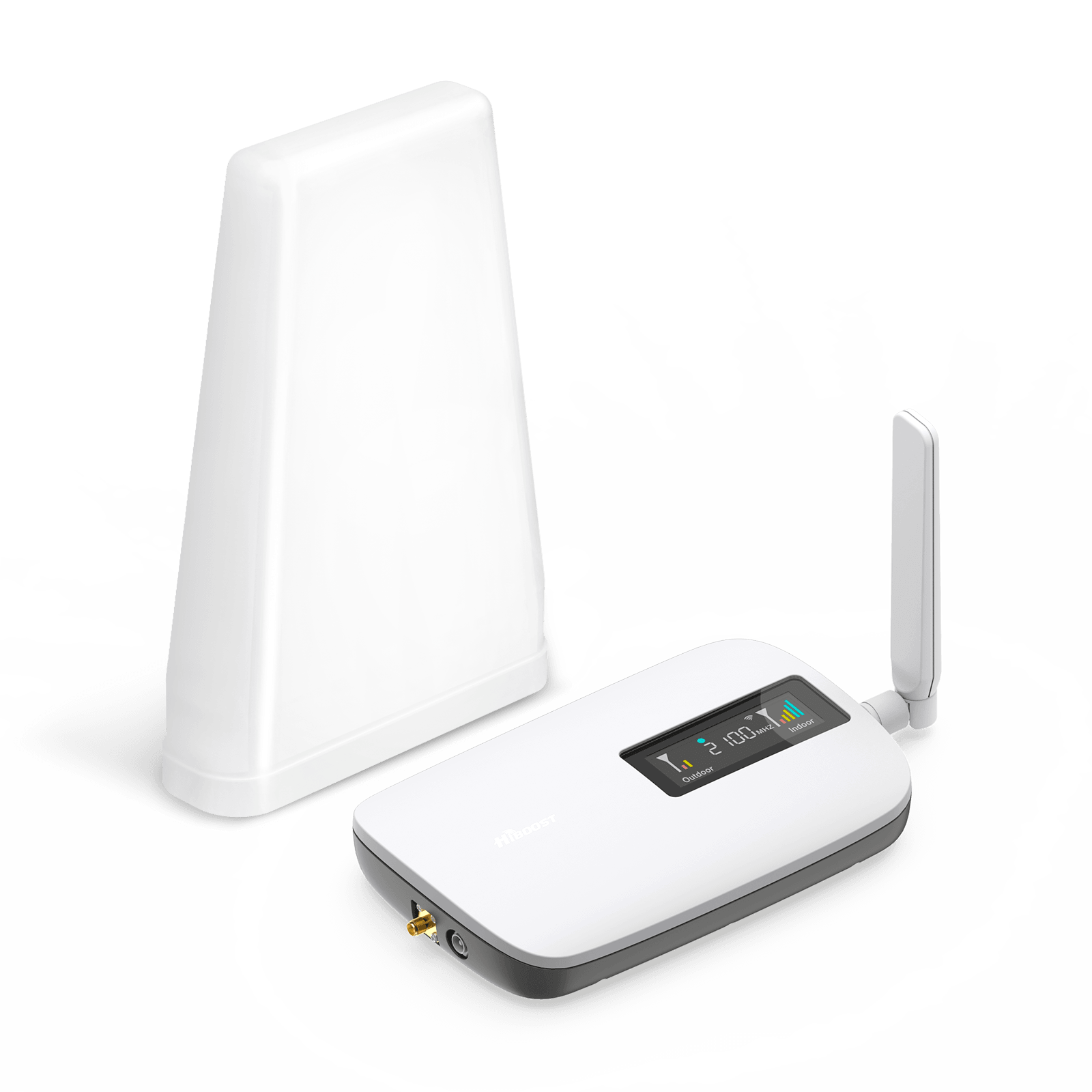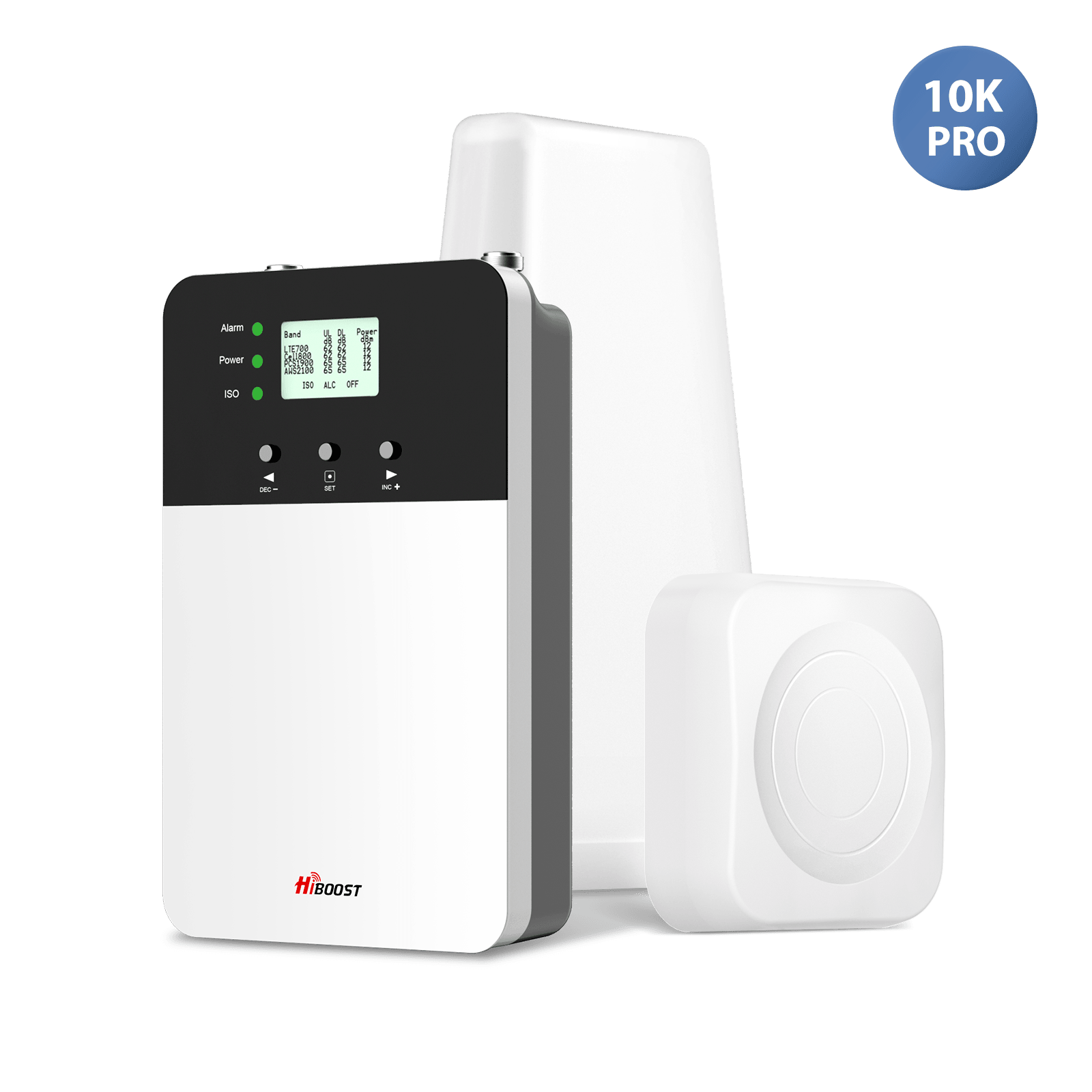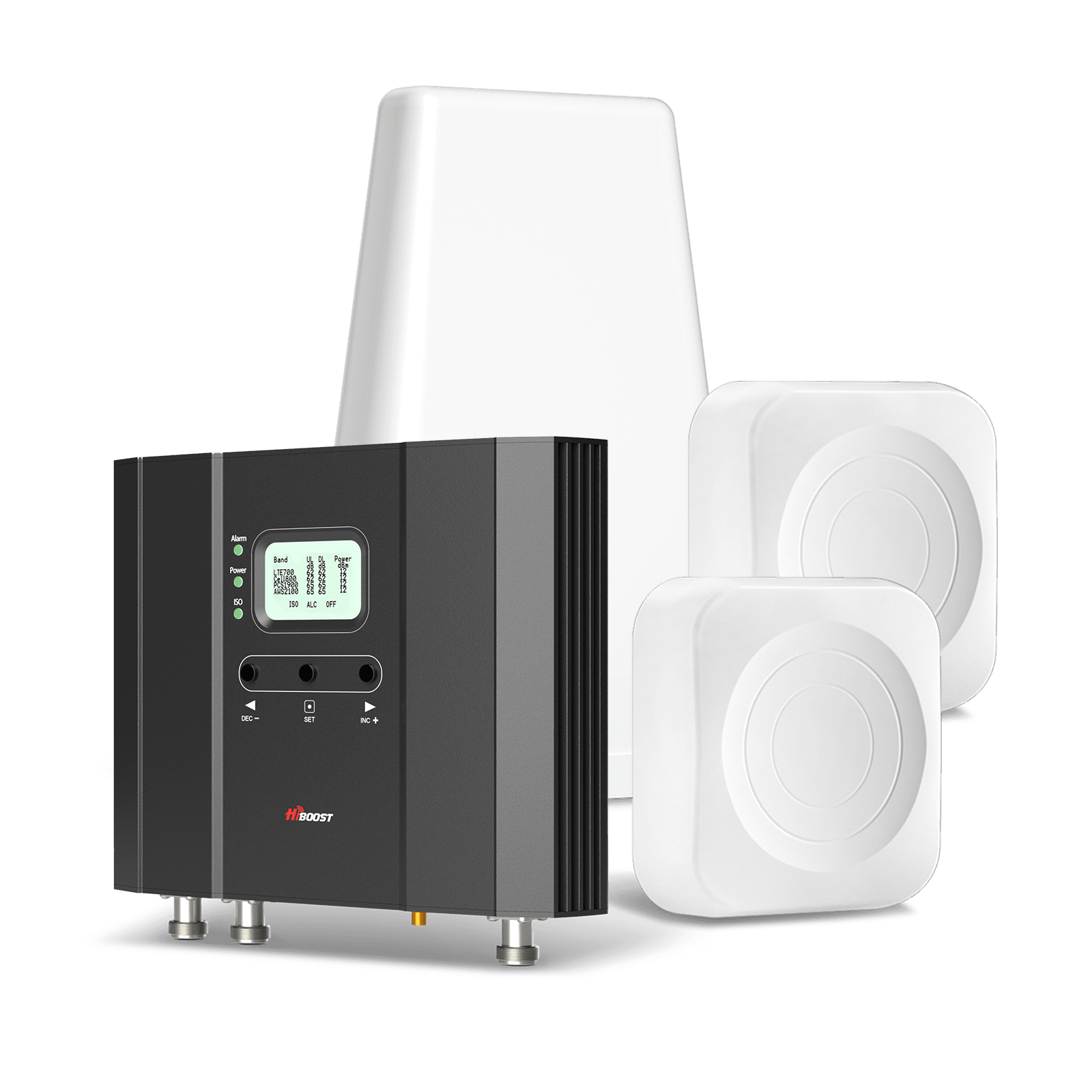Table of Contents
With the development of remote technology, working from home has become a new trend of daily commute. While most people feel confused about how to stay productive and connected as working in the office. We are about to introduce some essential tools for communicating while you are working from home.
Benefits of working from home
One of the key benefits of working remotely is higher productivity. Without endless meetings that go in circles, water cooler chitchat, or transit delays to disrupt your flow, you’ll get enough time for concentration and improve work efficiency.
Another advantage of working from home is that you are about to work in a better environment. With less stress and familiar surroundings, you’re easier to be in a good mood, leading to overall higher morale. Additionally, the less financial cost is also a good aspect for a full-time remote employee. Without spending cost for daily travel, tax breaks, lunch or coffee fees, and professional wardrobe requirements, telecommuters are about to save up to $5,000 each year. Likewise, employers are happy to cut back on operating costs with fewer employees in the office. When office location isn’t a factor, employers widen their candidate pool and attract talents who may not have been previously interested or even aware of the company.
Best tools for remote work
1. Quality Laptop or Smart Phone
For telecommuters, one of the most important things is to stay connected with the outside far from where they live. A laptop or a smartphone makes working from home easier.

When we mention the home computers, everybody seems to have their preferences. Considering prices, specifications, and warranties, usually the expensive ones really are better than the less expensive ones. But budgets are not the same for different people. Choosing a good computer or buying a quality smartphone is going to be invaluable in the work-from-home world we’re currently living in. COVID-19 shutdown is going to last but nobody knows when it will finish. Proposed that it lasts longer than we expect, possessing good electronic devices for long-term remote working are important.
Best laptops for 2020
Best smartphones for 2020
2. Proper Router
Staying at home also requires an online connection for remote chatting, sharing, and communicating among colleagues. A proper router is the best path across an internetwork using dynamic routing techniques. It ensures good online connection and reduces network traffic by creating collision domains. You don’t want a spotty WiFi when you handle a video conference. To avoid this dilemma, install a good router at home!
Best wireless routers 2020
3. Cell Signal Booster

Apart from the network connection, good cell phone reception is also vital to remote workers. Especially for those living far from the downtown city, weak signal strength is frustrating and annoying when in an important cell phone call. A signal booster picks up the signal from a cellular tower, then amplifies the signal strength, and broadcasts to the indoor areas so that you can get better signal reception. There are various excellent signal boosters on the current market. But how to select the most cost-effective one has become a headache issue. HiBoost signal booster is a strong brand with superb quality products and cost-friendly prices. Its signal boosters not only increase signal strength from 1 bar to full bars, but also support multiple users and devices simultaneously. No matter which carrier your cell phone has service from, HiBoost signal boosters work well with it.
4. Clear Voice Headset
When making work calls through smartphones and laptops, you may experience distracting background noise or audio feedback, especially if you’re working in a loud environment at home—leaving an unfavorable impression with customers, clients, or collaborators. Headsets, as a result, are valuable communication tools for businesses, particularly call centers or homes with pets and kids. A decent headset minimizes distractions and includes a microphone that captures clean audio for uninterrupted conversations. People on the other end of the line will thank you if you have got a headset with clear voices. Another benefit of using a headset is that it frees your hands and you’ll have more mobility!
Best headset for 2020
5. Real-Time Communication App – Slack
Slack is a real-time communication app well-suited to remote work. In Slack, conversations happen in channels — organized by topic, project, team, or whatever makes sense for your company. You can create team channels for every department, and send direct messages. To make easier communication, you can send messages to teams over the transom, or you can DM individuals directly. Plus, messages, files, and integrations in public channels are all searchable in Slack. This app allows you to find what you need, catch up on past messages or decisions, and tap into your company’s collective knowledge. It cuts down on internal emails since it’s quicker, more efficient, and more user-friendly. As its slogan says, Slack brings the team together, wherever you are.
6. Video Conference App – Zoom
Zoom is a video chat app that supports dozens of participants on the same channel. It is suitable for large team conferences that include lots of remote workers. Compared with Slack, Zoom presents video images for its users, which means you’ll get a deeper impression on what you see and hear in the meeting. For big enterprises or some international companies, Zoom works well to organize large meetings and sharing lectures. Up to 1000 participants are allowed to be in Zoom online meeting channel at the same time. Though a downside of the Zoom app is that it is not free, it charges not as much as that most users can’t afford. And during the COVID-19 shutdown, the Zoom supplies a free service in some countries for companies’ remote work.
7. Project Management App – Basecamp
Basecamp is a useful tool that helps teams create projects, document progress and manage tasks. It is a web-based software, allowing users to sign in anywhere, anytime, either through a web browser or through apps compatible with a large number of mobile devices. It helps teams stay on the same page. Basecamp allows users to set up a project, track tasks, add people to the project for communication, manage the message board, and provide for file storage. It features a simple view page, which is easy to use and intuitive. An obvious feature of Basecamp that it’s not specific to a single industry. That makes it possible to be deployed by any organization that needs to manage a group, including nonprofits, startups and client service firms. Additionally, there is an up-to 60-day free trial period for Basecamp beginners and paid versions are available for the long run.
Conclusion
As many as the tools we mentioned above, we hope these tips will ease your remote working and do some real help. Remote working is not frustrating, but the reduction of work productivity caused by COVID-19 did make a big deal. No matter you’re used to the home-work life or you are just a starter, these products will make your daily work more enjoyable and efficient. Admittedly, many other useful tools on markets work as well or better as we recommended. Sharing these recommendations with others, especially your friends and family members who have experienced the same home-work life. Then try more functional tools, and select the most suitable ones for your best convenience.






Leave a comment
All comments are moderated before being published.
This site is protected by hCaptcha and the hCaptcha Privacy Policy and Terms of Service apply.